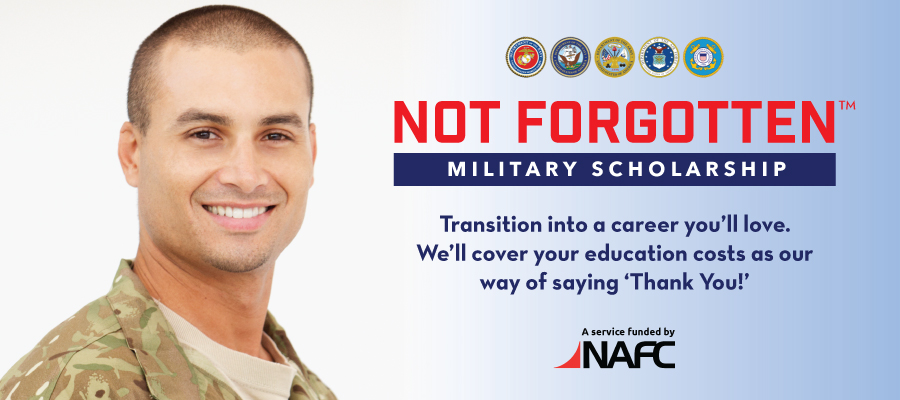NAFC NewsBlast - November 2016 | Article 2
7 Tips | How to Become an Effective Listener
By Tammy LeBoss | thefitprofoodie.com

“Allow your softer, more intuitive, and less dominating feminine qualities to rise to the fore, so that you’re surrendering rather than dominating, receiving rather than broadcasting, loving rather than fighting.” — Tao te Ching
Did you know that most people are not naturally good listeners?
However, with practice and diligence, you could become the popular trainer skilled on the art of listening. Did you know that out of the total time we spend in communicating, only about 50 percent of this is spent on listening? Although most people are not naturally good listeners, listening is a skill that can be easily practiced in our daily interactions. In fact, skilled listening is crucial in creating your client’s road map to success.
What are other benefits of effective listening?
Can we objectively rate ourselves on this skill? And how can we overcome barriers and give appropriate feedback? Studies show that too many professionals spend too much time talking and not enough time listening.
In fact, most people are too busy thinking about their responses, rather than actually listening. We suggest taking ‘mini notes’ that will later remind us to probe more deeply into certain areas. But do this only after they finished their train of thought. Too often, a person asks a question that will distract the other person from fully offloading.
Here are 7 Tips that will guarantee a better trainer-client rapport:
- Be fully present. Make good eye contact and notice overall attitude.
- After speaking, stop and notice the reaction. Notice body language.
- Listen for actual the meaning. What is the speaker attempting to convey to you?
- Listen beyond the actual spoken words; sometimes, people don’t say what they really mean, or just don’t know how to express it.
- Ask yourself ‘why’– this will give you insight into what truly motivates your client.
- Resist nodding your head in agreement; this communicates that you already know the answer when you may not.
- Let go of the need to be accepted, to be right, to have all the answers.
While effective listening is a true art form, it’s noteworthy to say
that effective questions may also open the door to better knowledge and understanding. The art of questioning lies in knowing which questions to ask and when. While effective listening may in some circumstances, require one’s ability to effectively ask the right questions, overall, when it comes to the client/ trainer rapport, we recommend the trainer pay close attention to the actual meaning behind the words.
Remember that too often, most of us will want to inject our opinion, or to want to ‘fix’ the problem before the other person is finished speaking.
If you have a question, ask a specific one if you want to hear a specific answer.
Open questions, as opposed to leading questions, are those that cannot be answered with a straight “yes” or “no.” Use open questions whenever possible to gain insight into the other person’s character, and to invite the response, so you may understand what truly motivates them to want to succeed. So ask your question then, stop talking, and be silent.
Here is an example of a typical scenario in which you will get to practice using open-ended questions.
Be sure to convey to your client that you’re not only interested in what they have to say, but that you also respect their opinion:
If somebody says they want to lose 10 lbs. without sounding condescending, ask them: Since weight is a measurement of mass and gravity, what would you like to lose — muscle, water or body fat?
Since the trainer/listener knows the answer already, use this as an opportunity to explain to them that a weight loss plan will not get them into the size of clothing they want. Whereas, a body fat loss plan will. Recall Tips 3–5 are really about ‘listening to intent’ rather than hear the actual spoken words. Asking them the above question allows your client to understand that their weight may stay the same, or may increase while their measurements drop.
Be an investigator — ask yourself (not necessary them): why do they want to lose weight? What is their true purpose of losing weight? Ask open-ended questions to gain a real insight on the real answer.
Why fit in when you could stand out?
If you want to be the trainer whose clients will want to keep for life, become an active listener, not a passive commentator. Help them to see their end goal and if it’s helpful, take body measurements. Remember that while creating a realistic timeline can be very motivating and puts vision within reach, it’s important to be realistic yet specific. Always remember that great listeners show respect and seek to understand first, thus listening more than they speak. When the client feels understood, they’re more likely to reciprocate and to connect, thus staying on a motivated path.
While being comfortable with challenging assumptions will take some time for new trainers, it’s easy enough to not validate excuses for not succeeding. Developing better listening skills and intuition can be a fun process that both trainer and client may cultivate over time, while also encouraging a great rapport and improved client retention.

